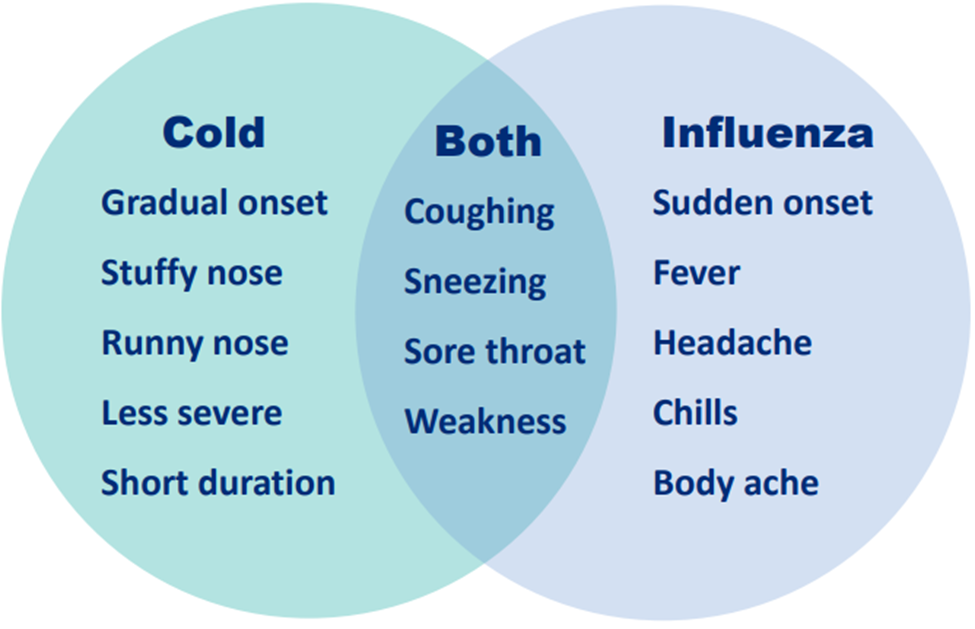Simplifying medical care for older adults
How PACE is Streamlining Healthcare for Older Adults
The complexity of getting medical care as we age can turn into a full-time job of chasing appointments and providers. In addition to annual appointments, screenings and testing, specialists are playing a larger role in the medical care of the average senior. A study released in 2020.
Getting in to see all those different providers can be tricky, with transportation in particular posing a challenge when the office is located far away, the patient doesn’t drive, or the visit requires somebody go with them.
Between appointments, labs, and follow-ups, the time adds up. Then there’s the time it takes to sort through insurance coverage, obtain referrals, pursue appeals and sift through all those EOBs. Older adults and caregivers in this situation must be wondering: is there a better way? Actually, yes, through the Medicare and Medicaid-funded Program of All-Inclusive Care for the Elderly (PACE).
PACE programs bring all medical care (and more) under one roof. For participants, all their healthcare needs are provided for by a dedicated care team. Instead of driving all over town, many of those necessary visits will happen right at PACE centers like those operated by Element Care PACE across the North Shore and Merrimack Valley of Massachusetts.
From basic well and sick visits, dental, eye and hearing care to rehabilitation, every aspect of care for a participant is covered under the PACE program and facilitated by a unified care team. As a result, the work to patch together specialist and primary care visits, along with screenings, therapy appointments and sick visits, is streamlined significantly.
This consolidated care model offers a clear cost advantage over private insurance. *According to the Bureau of Labor Statistics, U.S. households whose heads were 65 or older spent $6,668 annually on health care, which amounts to 14% of total spending in those households for the year. Participants in PACE programs, like the one offered by Element Care, pay nothing when they qualify – for co-pays, glasses, therapy visits, procedures, or any other qualifying medical costs. Since independent living in the community is a hallmark of PACE programs, even home health visits from nurses, dietitians and physical therapy are included when necessary.
As we age, the average person begins taking more medications, which adds to the importance of receiving consistent care. According to the CDC, more than 83% of adults over 60 are taking at least one prescription medication and over 1/3 of seniors are taking five or more. These medications, and the conditions they’re meant to treat, need to be monitored – but a 2016 study reported only about 45% of older adults have good medication compliance habits. **In speaking with participants at one Element Care PACE center, they reported that the frequent interaction with their care team helped to improve their personal medication compliance habits significantly.
With PACE consolidating all care and associated costs under one roof, participating older adults and their caregivers reap the health and financial benefits of having a single, dedicated care team coordinating all visits and treatments needed.
To learn more about Element Care PACE or to find out if you or a loved one are eligible, visit ElementCare.org or call (877) 803-5564 (TTY 711).
Upon enrollment participants must receive all health care, primary care and specialist physician services —other than emergency services —as authorized by PACE, or be fully and personally liable for costs of unauthorized services.
*www.bls.gov/cex/tables/calendar-year/mean-item-share-average-standard-error/reference-person-age-ranges-2020
**source: www.ncbi.nih.gov/pmc/articles/PMC5296451/

 Throughout the COVID-19 pandemic, assisted living communities have provided extraordinary care and services for residents, including: around-the-clock care; monitoring for symptoms; implementing infection control and cleaning protocols; screening of employees; ensuring social distancing; adjusting activities; hiring, and training, They also have heroically managed “move ins” for residents, sometimes in emergency situations.
Throughout the COVID-19 pandemic, assisted living communities have provided extraordinary care and services for residents, including: around-the-clock care; monitoring for symptoms; implementing infection control and cleaning protocols; screening of employees; ensuring social distancing; adjusting activities; hiring, and training, They also have heroically managed “move ins” for residents, sometimes in emergency situations.
